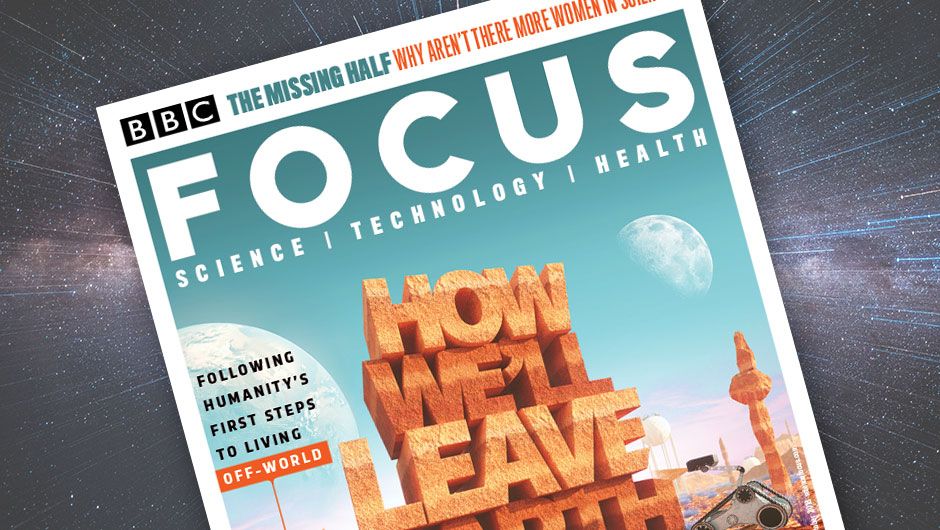A team of scientists at Harvard’s Wyss Institute has just presented its latest creation in the field of robotic exoskeletons, a fully wearable soft exosuit that automatically tweaks its level of assistance on the fly.



Water infrastructure in the western United States was funded in the early and mid-20th Century by federal financing through the Bureau of Reclamation, but such financing has declined in recent decades and there has been increased interest in alternative approaches to infrastructure funding. A new Journal of the American Water Resources Association article notes that two of these approaches—public-private partnerships and loan guarantees—are hampered by existing federal budgetary policies, however.
In the article, Dr. Martin Doyle, of Duke University, notes that significant policy changes are needed to allow private capital to play an important role in funding and financing water systems characterized by aging infrastructure.
“Everyone likes the idea of bringing more private capital to aging infrastructure; but no one is able, or willing, to get into the really weedy details of policy changes necessary to make such investments possible,” he said.


Surging productivity and the general rise in incomes it brings would be welcome, of course, but that isn’t sufficient. The same questions being raised about the advance of robotics in the workplace apply to machine learning. While new jobs would be created, many existing jobs — from doctors and financial advisers to translators and call-center operators — are susceptible to displacement or much-reduced roles. No economic law guarantees that productivity growth benefits everyone equally. Unless we thoughtfully manage the transition, some people, even a majority, are vulnerable to being left behind even as others reap billions.
Whether it’s for the better and for the many is up to human intelligence.
Following a detailed update to SpaceX’s BFR plans and the first privately contracted mission to the Moon, CEO Elon Musk has tweeted that the company intends to stream the entire six-day journey in “high def VR”, a plan that would demand unprecedented communications capabilities between the Moon and the Earth.
Musk further confirmed that “Starlink should be active by [2023]”, suggesting – at a minimum – that the SpaceX-built and SpaceX-launched internet satellite constellation will have reached what is known as ‘initial operating capability’, pegged for Starlink at roughly 800 satellites launched.
Moon mission will be livestreamed in high def VR, so it’ll feel like you’re there in real-time minus a few seconds for speed of light.

SAN FRANCISCO — Orbital Insight, a Silicon Valley geospatial analytics company, announced the purchase Sept. 18 of FeatureX, a Boston-based artificial intelligence firm specializing in computer vision for satellite imagery. The terms of the purchase were not disclosed.
It was the first acquisition made by Orbital Insight, a firm that has raised $78.7 million to date, including $50 million in a Series C funding round completed in May 2017.
FeatureX founder Gil Syswerda will join Orbital Insight as its technology research vice president, working in the company’s Boston office. FeatureX specializes in applying computer vision to satellite imagery to detect objects, enhance images and facilitate deep learning.
NASA’s Transiting Exoplanet Survey Satellite, which began science operations in July, has released its first full frame image using all four of its cameras.

Recently, there has been an explosion of interest in applying artificial intelligence (AI) to medicine. Whether explicitly or implicitly, much of this interest has centered on using AI to automate decision-making tasks that are currently done by physicians. This includes two seminal papers in the Journal of the American Medical Association demonstrating that AI-based algorithms have similar or higher accuracy than physicians: one in diagnostic assessment of metastatic breast cancer compared to pathologists and the other in detecting diabetic retinopathy compared to ophthalmologists.
While promising, these applications of AI in medicine raise a number of novel regulatory and policy issues around efficacy, safety, health workforce, and payment. They have also triggered concerns from the medical and patient communities about AI replacing doctors. And, except in narrow domains of practice, general AI systems may fall far short of the hype.
We posit that the applications of AI to “augment” physicians may be more realistic and broader reaching than those that portend to replace existing health care services. In particular, with the right support from policy makers, physicians, patients, and the technology community, we see opportunities for AI to be a solution for—rather than a contributor to—burnout among physicians and achieving the quadruple aim of improving health, enhancing the experience of care, reducing cost, and attaining joy in work for health professionals.

Stockton University will conduct a study on a proposed environmental center.
The Press of Atlantic City reports Atlantic City and the university received a $100,000 state grant last week to conduct the feasibility study on the new Marine and Environmental Science Center. According to university officials, the facility would cost about $41 million to build.
The facility would be built on a 15-acre portion of Bader Field. Stockton University’s current science facility in Port Republic was built in the early 1900s.
